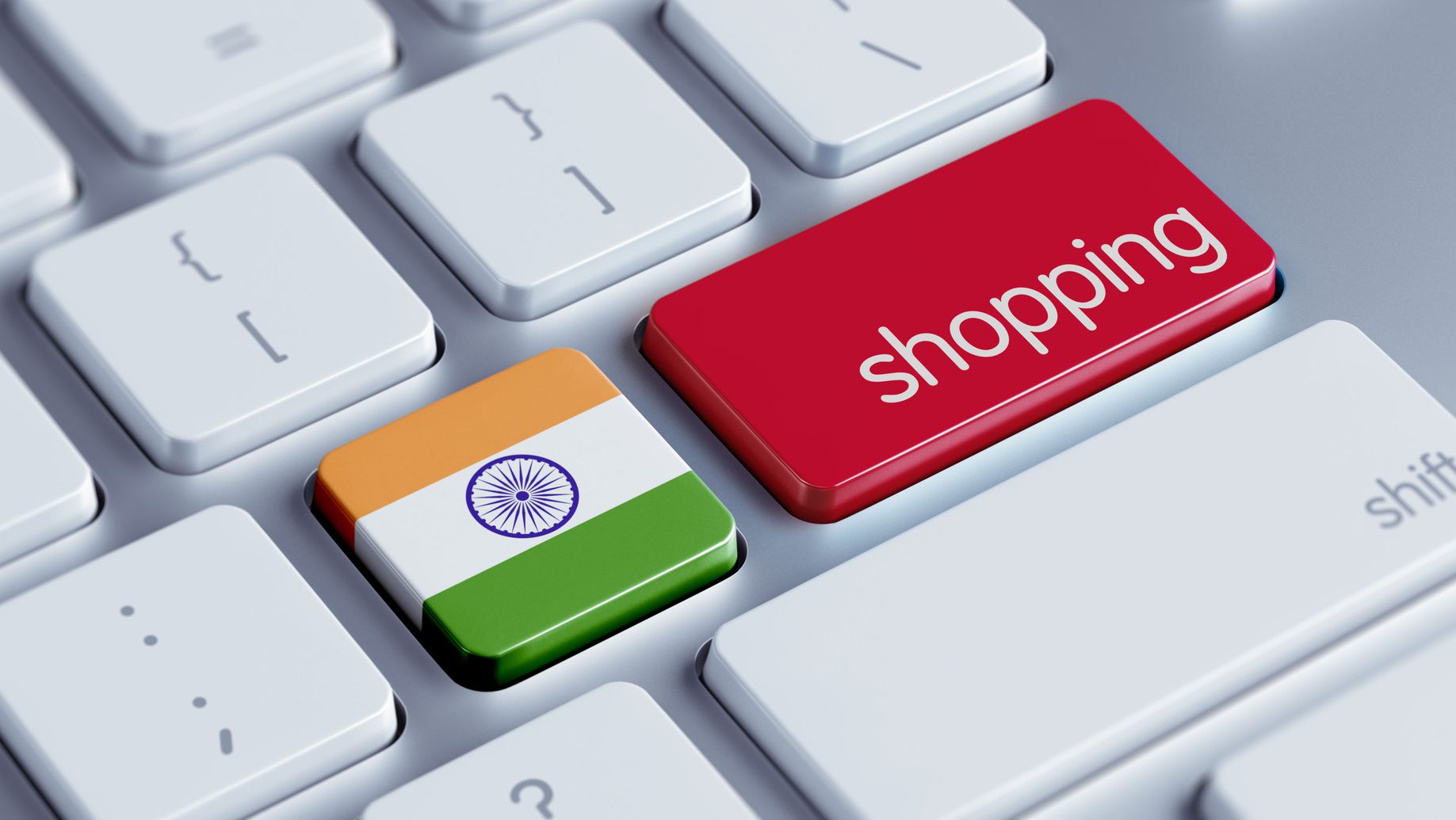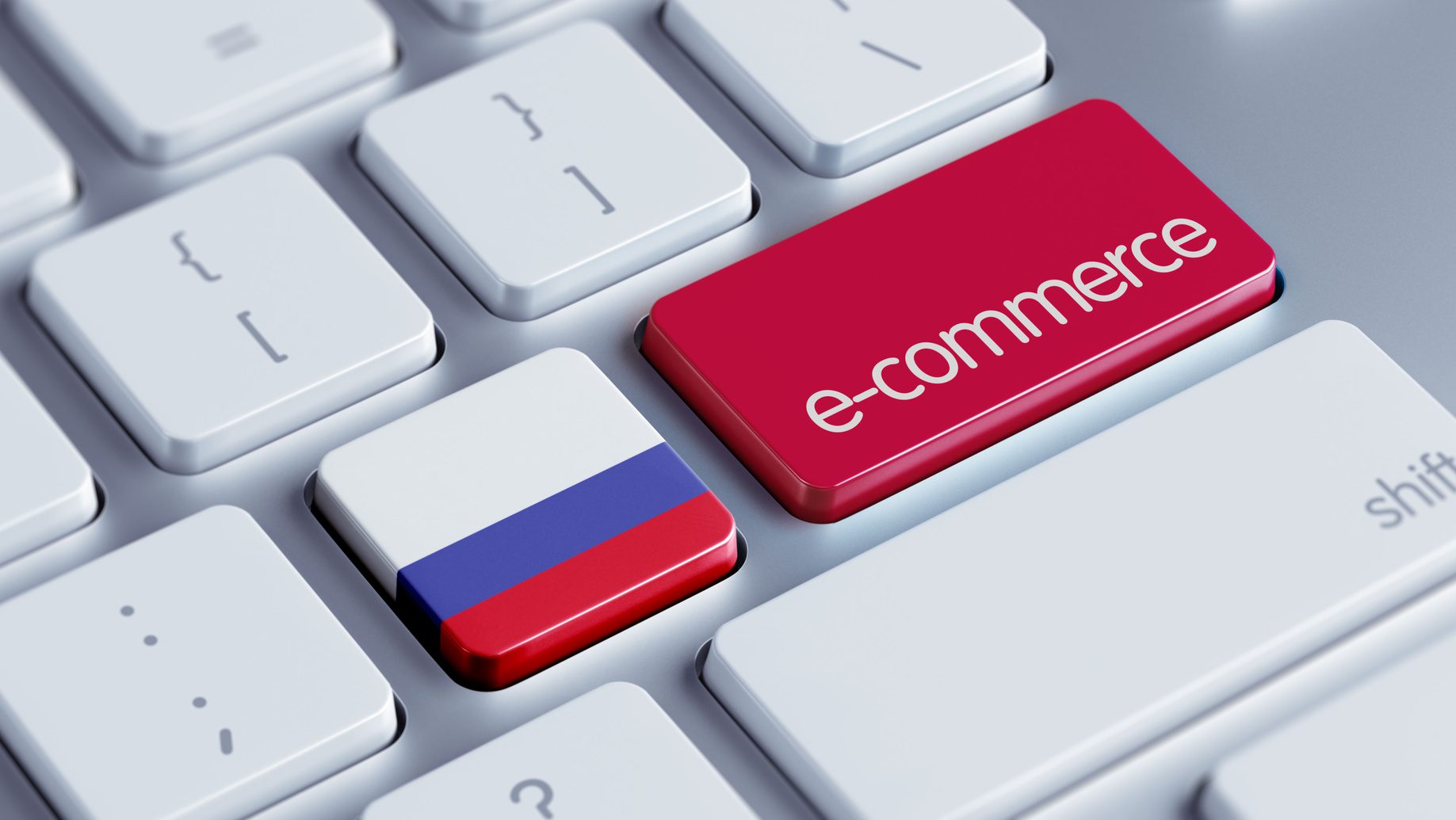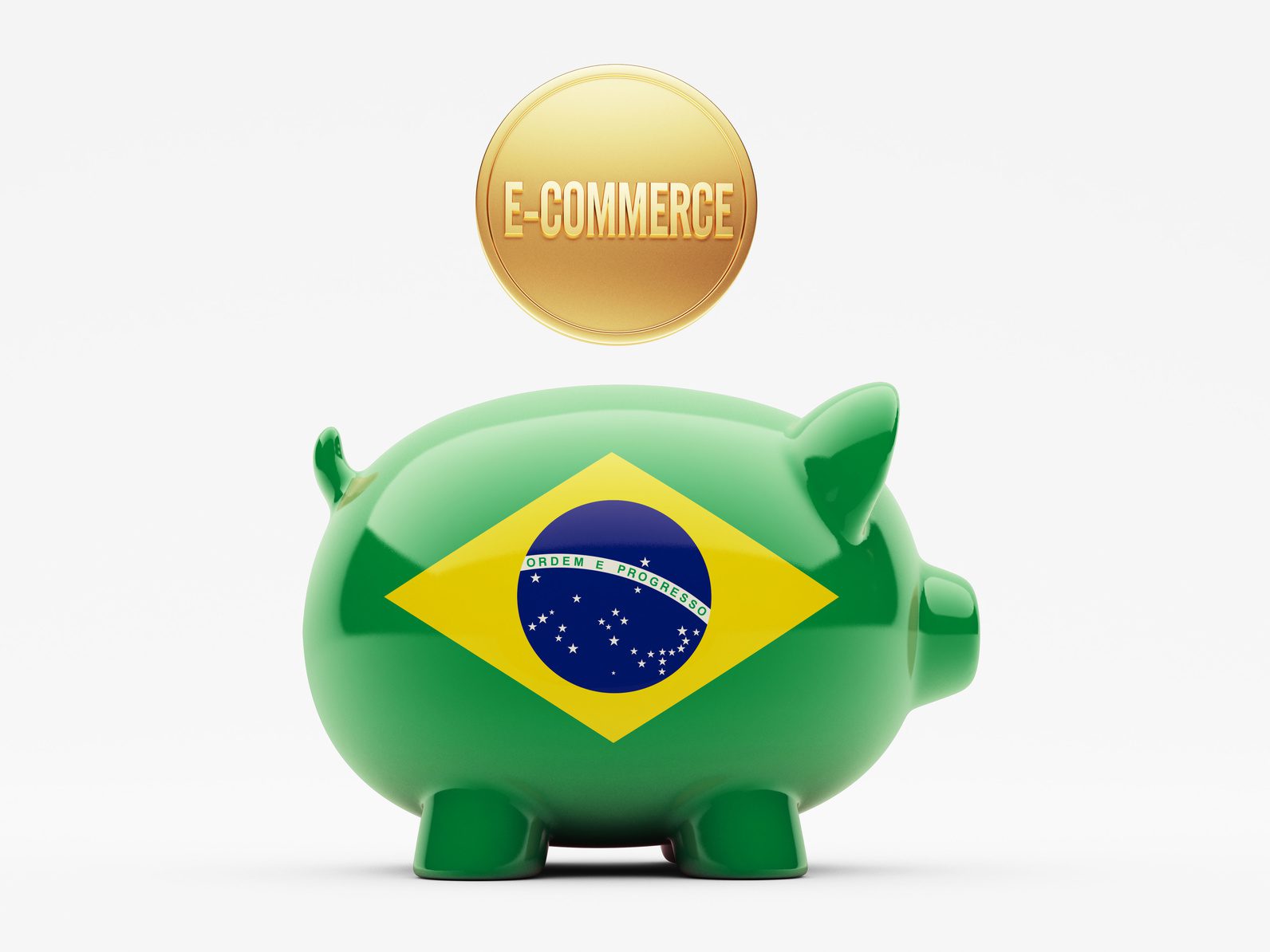In Part III of our E-commerce Challenges in the BRIC series, we highlight the challenges faced by online retail companies in India. Unfavorable business environment, profitability issues, consumer’s set notions on shopping are some of the key aspects that we discuss, in order to better understand where India stands in the e-commerce space.
Despite India being a rightful member in the BRIC group from the economic development point of view, in terms of e-commerce development, the country is typically not clustered together with Brazil, Russia and China. In AT Kearney’s 2012 E-commerce Index, India was not ranked at all, and the market is described as lacking the necessary technology to connect vast numbers of potential users to the internet, and extremely poor infrastructure preventing reliable delivery and returns. Opinions, however, are divided. According to McKinsey & Company, India indeed does have problem with low internet penetration and significant infrastructure barriers, but these issues are challenging, not disabling, e-commerce market.
Currently, Indian online retail accounts for around 1% of India’s overall retail market, according to Euromonitor, and is estimated to reach about US$1.3 billion in 2013. This might be far behind the market size of other BRIC countries, however, looking at the anticipated CAGR of 34% between 2005 and 2015 to reach over US$2 billion with expected share in overall retail to increase to 8%, it appears that the Indian market does have opportunities to offer. Some forecasts indicate a considerably more intense growth, even up to US$15 billion by 2017. The varied forecasts show how big of a question mark the market and its growth trajectory are.
One thing appears to be true though – despite still being a comparatively small market, potential long term growth might turn India into an attractive destination, with current internet users expressing strong interest in online shopping.
The market has the potential to accelerate, however, currently several challenges hinder its growth.
The Challenges
-
Very low internet penetration – it is estimated that the internet penetration is about 12.5% of the population, far less than in any other BRIC country. Existing connections are largely characterized by low average broadband speed and unstable, often interrupted signal, which results in high online transaction failure rate. None of the Indian economy’s favorable economic developments, such as growing incomes and rapidly expanding middle and upper class, will translate into flourishing e-commerce market until larger proportion of Indian population is online and has access to reliable, fast connection.
-
Infrastructure and logistics inadequacies – given India’s vast size, order delivery is and will continue to be a problem, as the country is not able to develop road infrastructure at a pace fast enough to meet the demand, therefore is postponing investments in infrastructure in rural and remote areas (where majority of Indian consumers are based). Large part of investment in the e-commerce market goes into warehousing infrastructure, inventory management, in-house logistics and delivery logistics, as currently only in tier-1 cities (and in a few tier-2 cities), e-commerce companies can ensure relatively timely and safe order delivery. Infrastructure issues significantly affect the online shopper’s willingness to shop regularly, and many of them abandon their online baskets after seeing the estimated time of delivery. From the e-retailer’s point of view, all these issues generate additional costs, as they either develop own delivery capabilities or partner with several delivery services providers (who often also lack delivery management technology such as fleet or parcel tracking). Overall, it is estimated that the logistics costs in India are among the highest in the word, primarily due to large proportion of poor quality physical infrastructure.
-
Strong off-line shopping culture – traditional, often small, local retailers for years have been part of the shopping landscape, becoming the synonym of shopping experience for Indian consumers. While this is changing with proliferation of malls and organized retail, those local shops still are a tough competition for potential online stores, especially that they have managed to build lasting, often personal relations with customers in their community. These traditional shops are located in the customer’s immediate neighborhood, with some of them offering free delivery, which makes online shopping advantage of purchasing from home much less relevant. Further, consumers’ familiarity with traditional, off-line shopping makes them wary and distrustful of online shopping, due to a range of reasons: the products cannot be touched and felt, e-commerce and online consumer protection laws are yet to be developed in India, and online payments security is still far from perfect.
-
Challenge with achieving profitability – given the nascent stage of e-commerce development in India and the overall high price-sensitivity of Indian consumers, fierce price competition (or even price wars) have been present in Indian e-commerce space. Players attempt to outbid each other with lower price, to the extent that some of them offered prices below their cost. Players’ profitability has also been compromised due to the need to invest and develop overall e-commerce ecosystems, and attract customers to the very concept of buying online. This resulted in the market being plagued with profitability issues, even for the market leaders such as Flipkart, Jabong, or Myntra, with several market exits by players who were not able to continue operations in such unsustainable way. Over time this will lead to higher consolidation in the market, as further companies decide to exit, while the stronger ones (probably with better financial backup) survive and acquire smaller players –more than half of e-commerce companies are expected to disappear over the next 6-8 months. These developments might put a brake on price reductions, but will continue to make it difficult environment for new market entrants.
-
Dominance of cash-based transactions – cash payments by far dominate in India, estimated at 80-90% of all payments and more than half of online transactions. The use of credit cards has been constant over past years, estimated at around single digit percentage share of population using a credit card. The use of debit cards has increased, and currently some 200-250 million issued cards, however, majority of Indians are still uncomfortable with this way of payment, and often do not feel the need to use it. While cash-on-delivery could be an option here, e-commerce thrives in environments with high use of electronic money. For the time being, cash-on-delivery is quite popular, however, it is risky and costly for e-retailers, as they have to finance the purchase and delivery till they receive the payment, and as many as 45% of orders are rejected without paying, generating costs. In attempts to rationalize costs to deal with profitability issues, online retailers will have to start promoting higher use of electronic payments, however this might mean losing a considerable customer segment of shoppers who will continue to be interested only in cash transactions. Therefore, few players are likely to decide to make such a bold move, and cash payment will continue hampering e-commerce market growth and negatively affect players’ bottom line.
India’s e-commerce market faces a mix of common challenges which exist across the BRIC countries, and inherent issues pertaining to unfavorable business conditions. Consumer culture and infrastructure issues aside, the fact that the market has to compete almost exclusively on price is hurting the current breed of players, and perhaps forcing potential new entrants into re-thinking their business models. The market is plagued with logistical nightmares, in spite of the fact that it only caters to a minuscule proportion of the potential customer base. In view of the challenges, it is no wonder that there are such divergent perspectives on e-commerce’s growth potential in India.
———————————————————————————————————————
Part I of the series – E-commerce in Brazil – Marred By Political and Social Influences
Part II of the series – E-commerce in Russia – Strong Impact of Consumer Culture










